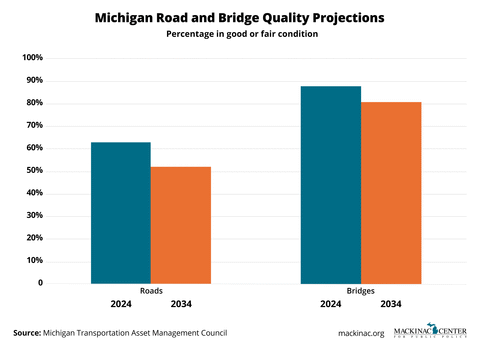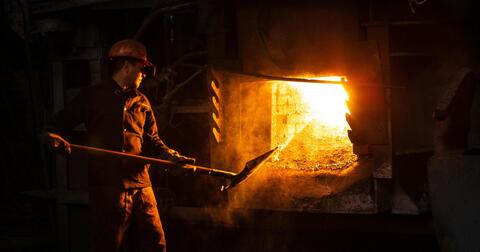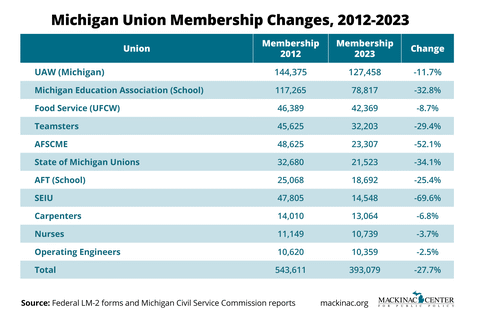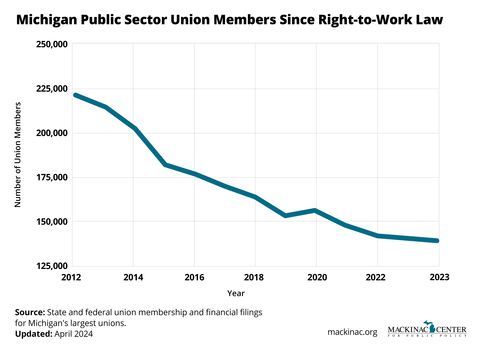Michigan roads, bridges, on path to get worse over 10 years
We’re fixing the roads, Gov. Whitmer says
Gov. Gretchen Whitmer took to the social media platform X April 2 to tout the state’s work to fix the roads under her leadership. “Michigan has fixed: 20,000 lane miles of road 1,400 bridges. Say it with me: We’re fixing the damn roads – and I mean it!” Whitmer wrote. Official projections, however, show that on the current current trajectory, Michigan’s roads will get worse over the next 10 years.
Nearly two-thirds of Michigan’s roads are in good or fair condition, according to the Transportation Asset Mangement Council, which estimates that 25% are in good condition and 38% are fair. The percentage of roads in good or fair condition will drop to 52% by 2034, however, with 20% in good condition and 32% only fair. Nearly half of all roads (48%) will be in poor condition.
Bridges also are on a negative path. Most bridges (87.4%) are in good or fair condition as of 2024, the council estimates, with 32.0% in good condition and 55.4% fair. But the share of bridges in good or fair condition will drop 6.2 percentage points by 2034, when 21.8% will be in good condition and 59.4% will be only fair.
Whitmer’s theme during her 2018 campaign for governor was to fix the roads. Her Republican opponent Bill Schuttee said she would raise the gas tax by 20 cents per gallon. Whitmer called the claim ridiculous. After entering office in January 2019, she attempted to raise the gas tax by 45 cents per gallon.
The 45-cent proposal would have collected $2.5 billion in taxes and spent $1.3 billion on roads in 2019. The Legislature did not enact the tax increase. It instead opted to spend more on roads by drawing on money from the state’s growing budget, James Hohman, director of fiscal policy at the Mackinac Center, told CapCon. Whitmer vetoed the Legislature’s road funding plan, which resulted in less road funding, he said.
Michigan Capitol Confidential is the news source produced by the Mackinac Center for Public Policy. Michigan Capitol Confidential reports with a free-market news perspective.






 Hydra-Lock employees vote to decertify their union
Hydra-Lock employees vote to decertify their union
 Caregivers protest union effort to skim home helpers’ pay
Caregivers protest union effort to skim home helpers’ pay
 Right-to-work no longer rules in private sector
Right-to-work no longer rules in private sector